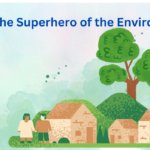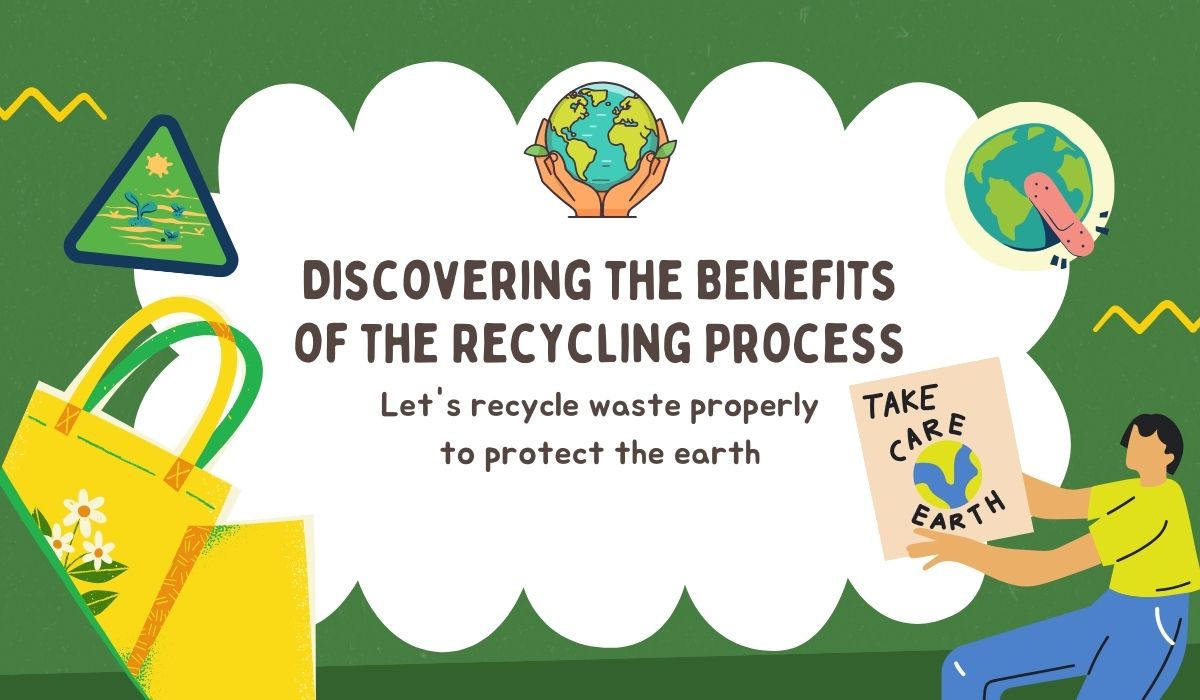As the world grapples with the consequences of climate change, environmental degradation, and resource depletion, the concept of sustainability has gained unprecedented importance. Sustainable living encompasses a broad range of practices that aim to reduce our ecological footprint, promote resource conservation, and ensure a healthy planet for future generations. In this article, we will explore various aspects of sustainable living, providing practical tips and insights to help you make eco-friendly choices in your daily life.
Table of Contents
Understanding Sustainability
Sustainability refers to the ability to meet our present needs without compromising the ability of future generations to meet theirs. It involves striking a balance between economic growth, social well being, and environmental health. The three pillars of sustainability economic, social, and environmental are interconnected, and achieving sustainability requires a holistic approach.
The Environmental Imperative
The environmental challenges we face today are daunting. From deforestation and pollution to climate change and biodiversity loss, human activities have left an indelible mark on the planet. The burning of fossil fuels for energy, industrial activities, and unsustainable agricultural practices are major contributors to greenhouse gas emissions, which drive global warming. The resulting climate change manifests in extreme weather events, rising sea levels, and disrupted ecosystems.

Sustainable Living: Small Steps, Big Impact
Embracing sustainable living can seem overwhelming, but even small changes in our daily routines can collectively make a significant difference. Here are some practical steps to incorporate sustainability into your life:
1. Reduce, Reuse, Recycle:
One of the most straightforward ways to adopt a sustainable lifestyle is by following the three R’s—reduce, reuse, and recycle. Start by minimizing waste. Opt for products with minimal packaging, and choose reusable items over disposable ones. Recycle materials like paper, glass, and plastic to prevent them from ending up in landfills.
2. Energy Efficiency:
Reducing energy consumption is crucial for lowering greenhouse gas emissions. Simple actions like turning off lights when not in use, unplugging electronic devices, and using energy-efficient appliances can make a big difference. Consider investing in renewable energy sources such as solar panels or wind turbines to power your home.
3. Sustainable Transportation:
Transportation is a major source of carbon emissions. Opt for eco-friendly modes of transport like walking, cycling, or using public transit. If you need a car, consider switching to an electric or hybrid vehicle. Carpooling and telecommuting are also effective ways to reduce your carbon footprint.
4. Eco-Friendly Diet:
The food we eat has a significant impact on the environment. Reduce your consumption of meat and dairy products, as livestock farming is a major contributor to greenhouse gas emissions. Instead, choose plant-based foods, which require fewer resources to produce. Buy locally sourced and organic produce to support sustainable agriculture.
5. Water Conservation:
Water is a precious resource that should be used wisely. Fix any leaks in your home, install low-flow faucets and showerheads, and use water-efficient appliances. Collect rainwater for gardening and reduce water wastage by taking shorter showers and turning off the tap while brushing your teeth.

Sustainable Practices at Home
Making your home more sustainable involves adopting practices that conserve resources and reduce waste. Here are some ideas to get started:
1. Green Building Materials:
When renovating or building a home, opt for sustainable materials like bamboo, reclaimed wood, and recycled metal. These materials have a lower environmental impact and are often more durable than conventional options.
2. Energy-Efficient Lighting:
Switch to LED or CFL bulbs, which consume less energy and last longer than traditional incandescent bulbs. Use natural light whenever possible by opening curtains and blinds during the day.
3. Sustainable Landscaping:
Create a garden that supports local biodiversity by planting native species and using organic gardening methods. Avoid chemical pesticides and fertilizers, which can harm the environment and human health. Composting kitchen and yard waste can enrich your soil and reduce the need for synthetic fertilizers.
4. Smart Thermostats:
Installing a smart thermostat can help you optimize your home’s heating and cooling systems. These devices learn your habits and adjust temperatures accordingly, reducing energy consumption and lowering utility bills.

The Role of Businesses in Sustainability
While individual actions are important, businesses also play a crucial role in promoting sustainability. Companies can adopt sustainable practices in various ways:
1. Sustainable Supply Chains:
Businesses can source materials from suppliers who adhere to environmentally friendly practices. This includes using recycled materials, reducing waste, and ensuring fair labor practices. Transparent supply chains can help consumers make informed choices about the products they buy.
2. Green Manufacturing:
Implementing energy-efficient manufacturing processes and reducing waste can significantly lower a company’s environmental impact. This can involve using renewable energy sources, optimizing resource use, and recycling by-products.
3. Corporate Social Responsibility (CSR):
Many companies are incorporating CSR into their business models, focusing on social and environmental initiatives. This can include supporting local communities, reducing carbon footprints, and promoting sustainable products and services.

Government Policies and Sustainability
Governments around the world are increasingly recognizing the importance of sustainability and implementing policies to promote it. These policies can range from regulations on emissions and waste management to incentives for renewable energy adoption and sustainable agriculture. Here are some examples:
1. Renewable Energy Incentives:
Governments can offer tax credits, subsidies, and grants to encourage the adoption of renewable energy sources like solar, wind, and geothermal power. These incentives can help reduce the initial costs of installing renewable energy systems and promote their widespread use.
2. Carbon Pricing:
Implementing carbon pricing mechanisms, such as carbon taxes or cap-and-trade systems, can incentivize businesses to reduce their greenhouse gas emissions. By putting a price on carbon, governments can encourage companies to invest in cleaner technologies and reduce their carbon footprints.
3. Waste Reduction Initiatives:
Policies aimed at reducing waste can include bans on single-use plastics, requirements for recycling and composting, and incentives for businesses to adopt circular economy practices. These initiatives can help reduce the amount of waste sent to landfills and promote more sustainable consumption patterns.

Education and Awareness
Raising awareness about sustainability and educating people on how to adopt eco-friendly practices is crucial for driving change. Schools, community organizations, and media can play a vital role in spreading knowledge about environmental issues and sustainable living. Here are some ways to promote sustainability education:
1. Environmental Education in Schools:
Incorporating environmental education into school curriculums can help students understand the importance of sustainability from a young age. This can include lessons on climate change, biodiversity, and resource conservation, as well as hands-on activities like gardening and recycling.
2. Community Workshops and Events:
Hosting workshops and events on topics like composting, energy efficiency, and sustainable living can engage community members and provide practical knowledge. These events can also foster a sense of community and encourage collective action.
3. Media and Communication:
Using various media platforms to share information about sustainability can reach a wide audience. This can include social media campaigns, documentaries, podcasts, and articles that highlight environmental issues and provide tips for sustainable living.

The Benefits of Sustainable Living
Adopting sustainable practices can have numerous benefits, both for individuals and the planet. Here are some of the key advantages:
1. Environmental Preservation:
By reducing resource consumption, minimizing waste, and lowering greenhouse gas emissions, sustainable living helps protect natural ecosystems and biodiversity. This contributes to a healthier planet and reduces the impacts of climate change.
2. Health and Well-Being:
Many sustainable practices, such as eating a plant-based diet, reducing exposure to chemicals, and spending time in nature, can improve physical and mental health. Additionally, reducing pollution and promoting clean air and water can lead to healthier communities.
3. Economic Savings:
Sustainable living can also lead to financial savings. Energy-efficient appliances, reduced water consumption, and decreased reliance on disposable products can lower utility bills and reduce overall expenses.
4. Enhanced Quality of Life:
Embracing sustainability can lead to a higher quality of life by fostering a sense of purpose and connection to the environment. It can also promote social well-being by supporting fair labor practices, community engagement, and equitable access to resources.

Sustainable living is not just a trend; it is a necessity for ensuring a healthy and prosperous future for all. By making conscious choices in our daily lives, we can collectively make a significant impact on the environment. Whether it’s reducing waste, conserving energy, or supporting sustainable businesses, every action counts. As we continue to raise awareness and adopt eco-friendly practices, we can pave the way for a greener, more sustainable world.













